Rising Energy Costs
The escalating costs of electricity are prompting homeowners to consider alternative power solutions, including residential generators. As energy prices continue to rise, consumers are increasingly seeking ways to mitigate their energy expenses. The Residential Generator Market is poised to capitalize on this trend, as generators can provide a cost-effective solution for homeowners looking to reduce their reliance on the grid. Data indicates that residential electricity prices have surged by over 15% in the last five years, leading to a heightened interest in energy independence. This shift in consumer behavior suggests that the demand for residential generators will likely increase, as homeowners recognize the potential for long-term savings and energy security.
Increasing Power Outages
The frequency of power outages appears to be on the rise, driven by various factors such as extreme weather events and aging infrastructure. This trend is particularly evident in regions prone to storms and natural disasters, where the need for reliable backup power solutions becomes paramount. The Residential Generator Market is likely to benefit from this increasing demand, as homeowners seek to ensure uninterrupted power supply during outages. According to recent data, the number of outages has increased by approximately 30% over the past decade, highlighting the urgency for residential generators. As consumers become more aware of the risks associated with power interruptions, the market for residential generators is expected to expand significantly, providing opportunities for manufacturers and suppliers to innovate and meet the growing needs of homeowners.
Technological Advancements
Innovations in generator technology are transforming the Residential Generator Market, making generators more efficient, quieter, and easier to use. The integration of smart technology, such as remote monitoring and automatic transfer switches, enhances the user experience and increases the appeal of residential generators. These advancements not only improve performance but also align with consumer preferences for convenience and reliability. As manufacturers continue to invest in research and development, the market is expected to see a surge in new product offerings that cater to the evolving needs of homeowners. The introduction of eco-friendly models, which utilize cleaner fuels and reduce emissions, further positions the residential generator market as a viable option for environmentally conscious consumers.
Government Incentives and Regulations
Government initiatives aimed at promoting energy efficiency and sustainability are likely to impact the Residential Generator Market positively. Various programs and incentives encourage homeowners to invest in renewable energy sources and backup power solutions, including residential generators. These incentives may include tax credits, rebates, and grants, which can significantly reduce the upfront costs associated with purchasing a generator. Additionally, regulations mandating the use of cleaner energy sources are pushing manufacturers to develop more environmentally friendly generator options. As these policies gain traction, the market for residential generators is expected to grow, driven by both consumer demand and regulatory support.
Increased Awareness of Emergency Preparedness
There is a growing awareness among homeowners regarding the importance of emergency preparedness, which is significantly influencing the Residential Generator Market. As natural disasters and unforeseen events become more common, consumers are recognizing the necessity of having backup power solutions in place. This heightened awareness is driving demand for residential generators, as they provide a reliable source of power during emergencies. Surveys indicate that nearly 60% of homeowners now consider emergency preparedness a priority, leading to increased sales of generators. This trend suggests that the market will continue to expand as more individuals seek to protect their homes and families from the uncertainties of power outages.



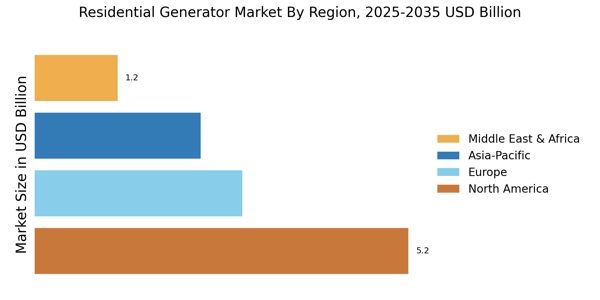
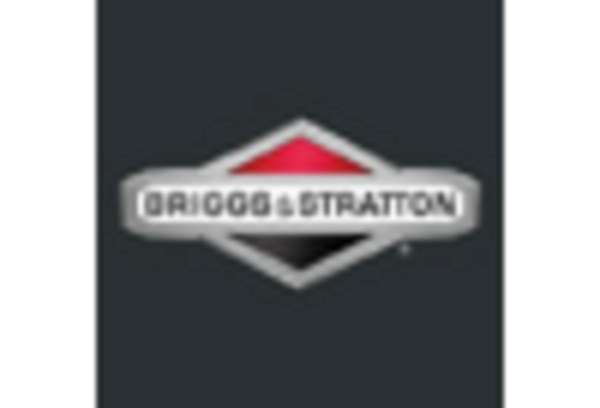

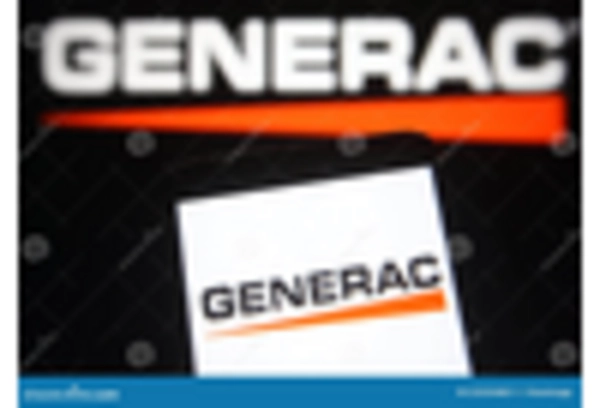
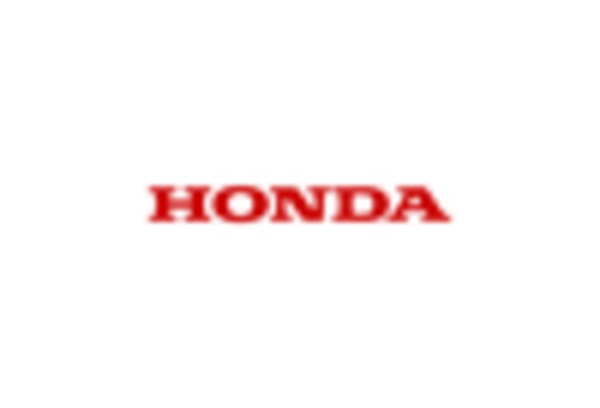
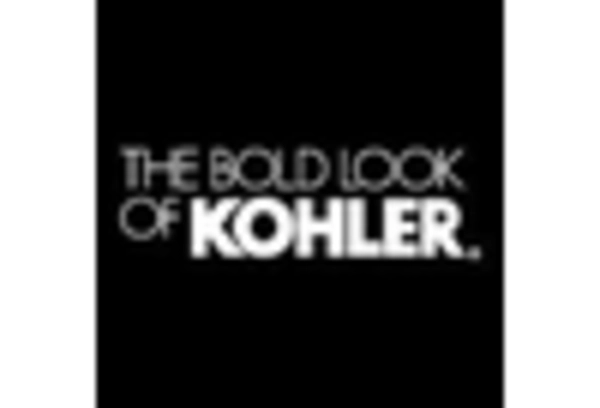
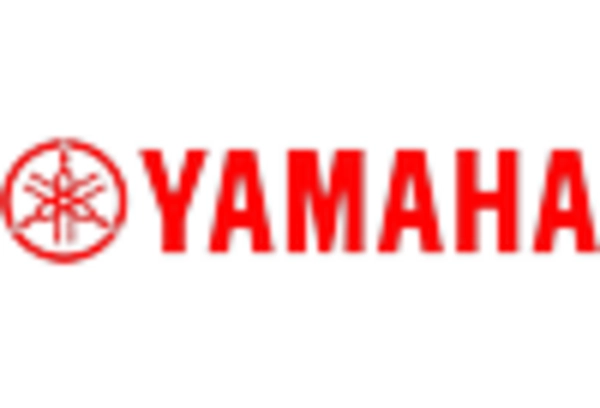








Leave a Comment